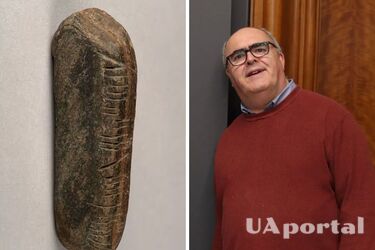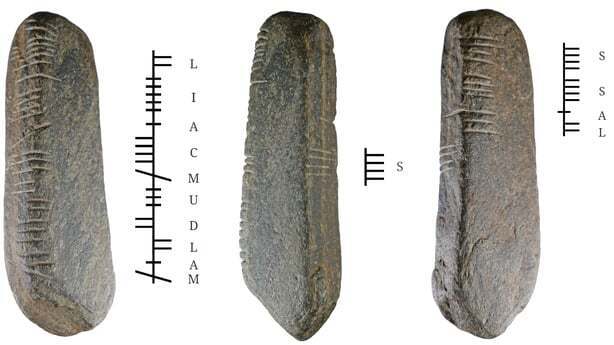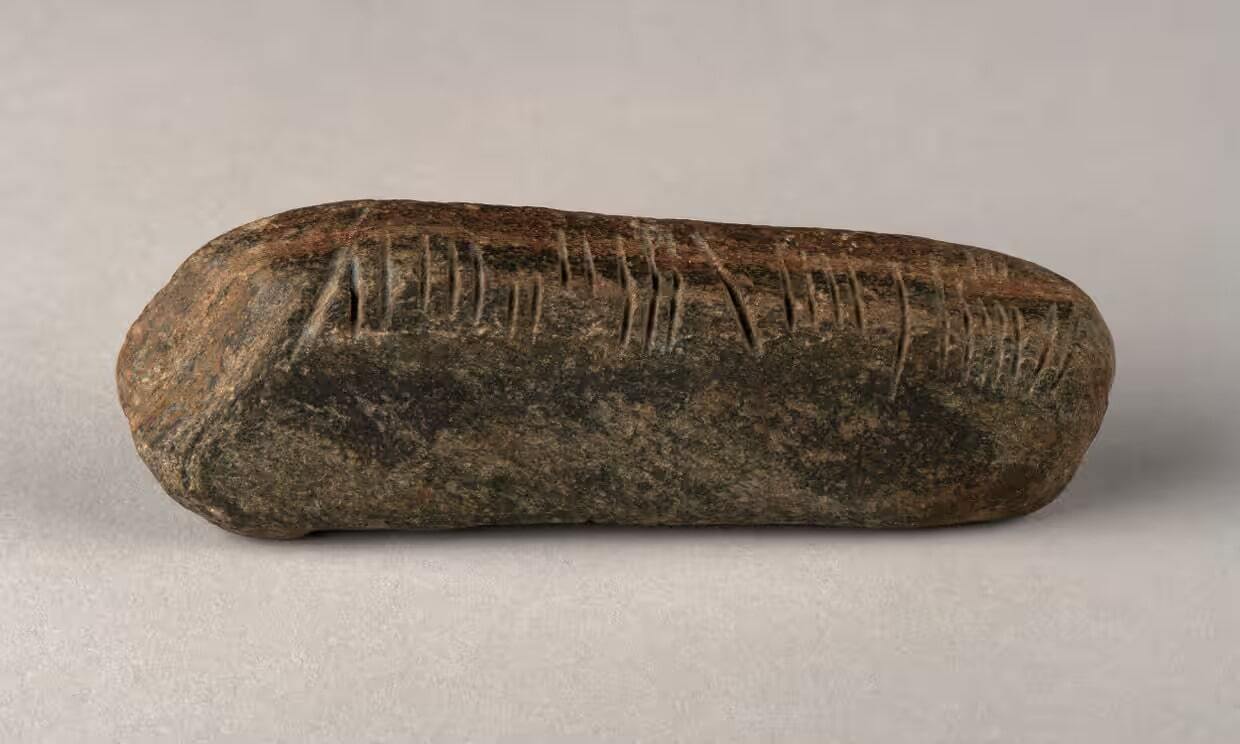The teacher accidentally found a stone with ancient writing in the garden: the artifact is more than 1,600 years old (photo)

Geography teacher Graham Senior made an incredible discovery in his own garden in Coventry, England. While cleaning an overgrown garden, he came across a stone with mysterious incisions.
This small stone, carved with an early form of Celtic writing, has intrigued archaeologists. On the sandstone, 11 centimeters long and weighing 139 grams, mysterious inscriptions were found, which testify to a history spanning more than 1,600 years. These inscriptions are made in the mysterious Ogham alphabet.
Read also: Historical mystery revealed: who was the only woman involved in the conspiracy against Caesar
Ogham is an early medieval alphabet used to write Archaic Irish from the 4th to 6th centuries and Old Irish from the 6th to 9th centuries. It is commonly found carved on stones in Ireland, Wales and western Britain. It was the first written language in Ireland. Most of the approximately 400 known inscriptions from the Archaic Irish period are surname posts that were built to announce ownership of land.



Ogham is an extremely unique writing system among all writing systems in that the lines are arranged in groups of only one to five. These inscriptions give an idea of the Irish language before the use of the Latin insular script.
Teresa Gilmore, liaison officer for Birmingham Museums Trust, told RTÉ's Morning Ireland that the Ogham stone inscriptions in central England were a rare find.
Professor Catherine Forsyth of Celtic Studies at the University of Glasgow has carried out additional research which has shed more light on the stone's origins. It has inscriptions on three of its four sides. The inscription on the stone "Maldumcail/S/ Lass" has puzzled researchers, as its interpretation indicated a version of the personal name Mael Dumcail, but the meaning of the S and LASS is unclear. Given the common purpose and meaning of ogham stones, this may be a reference to location.
It will be recalled that scientists succeeded in recreating the face of a mummy whose head was kept in a school library in Australia for years.
If you want to receive the latest news about the war and events in Ukraine, subscribe to our Telegram channel!
